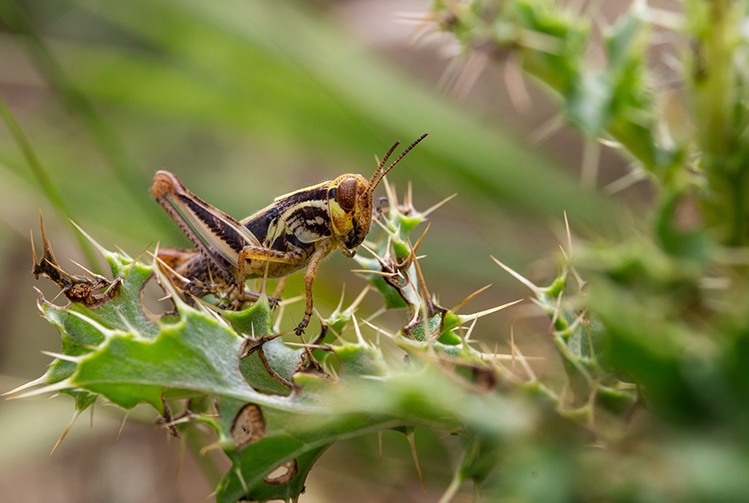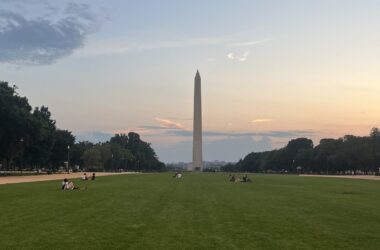With my hands trembling and heart pounding, I locked eyes with a large, female raccoon. My hands clutched my camera as I slowly worked up the courage to snap a picture. I was too close; the raccoon hissed at the sound of the shutter, and I ran into my house convinced that she might be chasing me. This less-than-ideal moment resulted in an image that transformed an annoyed raccoon into a calm, majestic creature slinking across a branch. Suddenly, I was hooked on the power of photography.
This encounter took place when I was 13-years-old, and since then, I have learned a lot about wildlife photography, including how to maintain a respectful distance from my subjects. With varying degrees of skill, I have photographed just about every creature I could find, from ants in my backyard to bears in Banff National Park. What photography has taught me, above all, is that all animals are worthy of a close-up.
I have yet to come across an animal that I do not consider beautiful, as my camera has revealed to me the subtle beauty in all creatures. Grasshoppers and spiders invite the gaze into the tiny, intricate world of twigs and leaves. Toads in swampy waters appear as relaxed and thoughtful creatures bathing in a serene sea. Snakes reveal their skin shielded with scales and their gem-like eyes.
Though these animals each present such unique beauty, some of them are often considered gross, creepy, or a nuisance. When considering the magnificence of the animal kingdom, reptiles, insects, and arachnids are not likely to come to mind. A recent study sought to find which animals people in Western countries consider the most charismatic. Large mammals such as lions, tigers, and elephants dominated the list, and the adjectives like ‘impressive’ and ‘beautiful’ were most often attributed to these popular animals.
This preference for ‘charismatic megafauna’ is present in conservationism as well, with the animals that are considered the most adorable, like koalas and panda bears, tending to receive the most funding and extensive research, while other animals like reptiles and amphibians are often left forgotten. While big mammals may hold great importance, there are plenty of other smaller creatures that hold equal, or greater, ecological value, even if they are not always thought to be as photogenic. For instance, insects like wasps and spiders are crucial to nutrient cycling, pollination, the maintenance of soil, and controlling or sustaining other animal populations. Nevertheless, animals continue to be subjected to a hierarchy of sympathetic value that translates into monetary valuations of their worth.
Some studies suggest this preference even presents issues for those much-loved large mammals. One study in France showed that the number of tigers people saw in advertising and other media in one year surpassed the amount of actual tigers in all of West Africa. These images can create a false illusion of strength in numbers. This virtual abundance may result in less public appreciation for the dire circumstances these animals are in, even while conservation research and action is underway.
When I started wildlife photography, I found myself succumbing to this hierarchy, and wishing my backyard looked more like a vast savannah crawling with zebras and lions. However, out of my desperation to find wildlife in the suburbs of the West Island, I have gained an appreciation for the undervalued creatures that exist in our everyday lives. Now, I more consciously attempt to counteract this hierarchy with the photos I take, spending as many hours getting the right focus on common wasps in my backyard as stalking bald eagles on nature reserves. The camera allows me to reveal the charisma possessed by under-appreciated species.
The images I create allow me to recognize the beauty and importance of all animals with which I cross paths, and to share these moments with others. All parts of the natural world play a crucial role in the ecosystem and deserve protection, sympathy, and appreciation. By reframing the way we value appearance in the natural world, we can take a moment to appreciate the undervalued wildlife we encounter in our daily lives.








